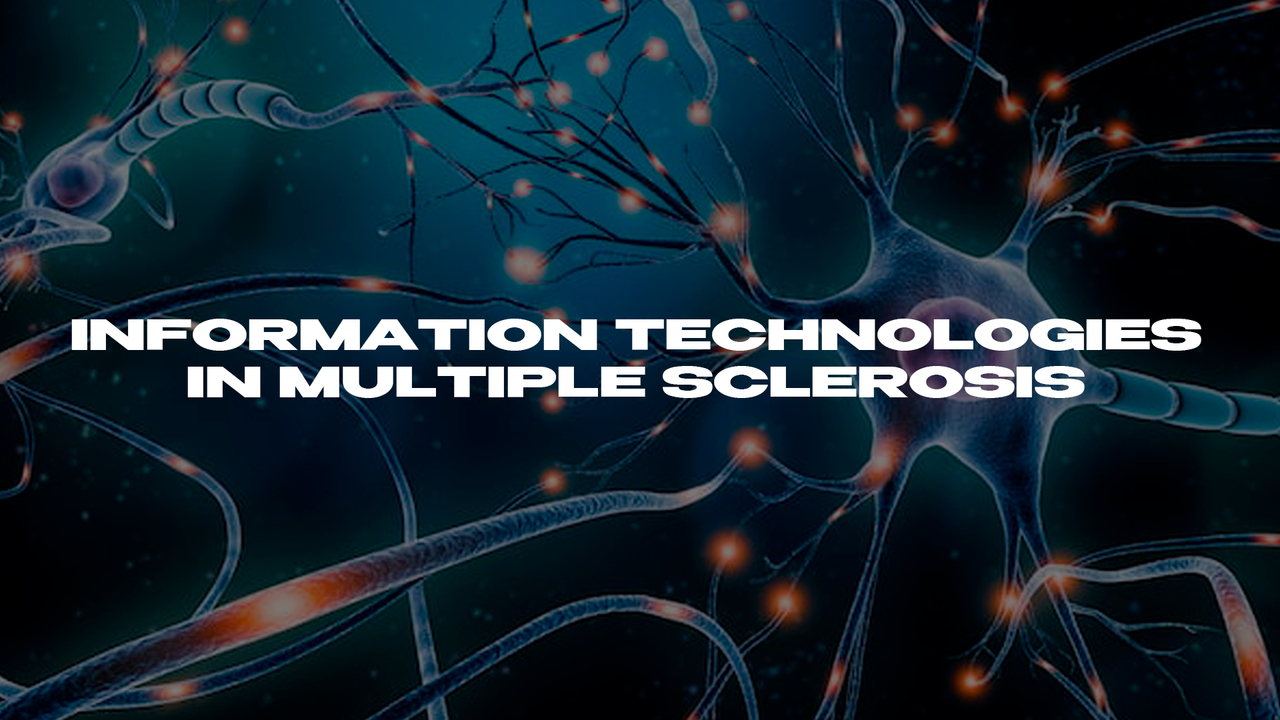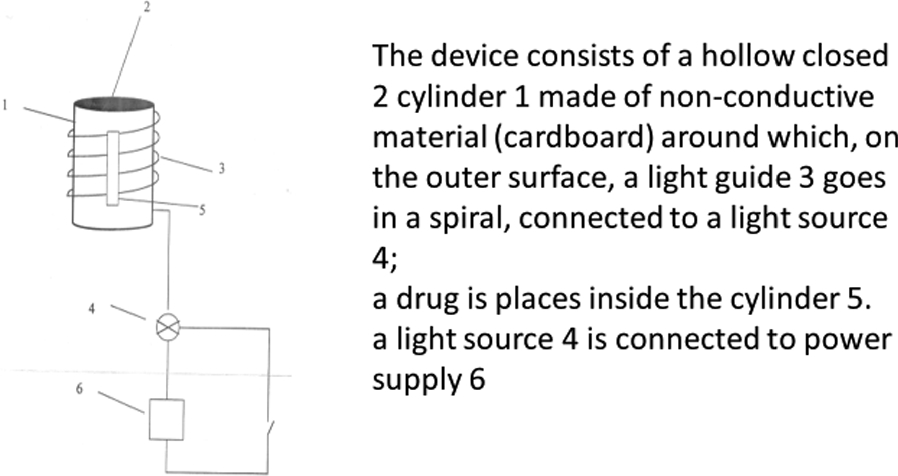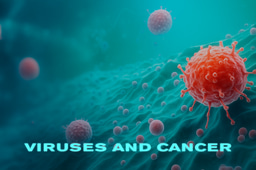Possible impact of pathogens elimination on the course of neurodegenerative disease using information technology.
Published in Bioengineering & Biotechnology, Research Data, and Biomedical Research

Traditional pharmacotherapy for neurodegenerative diseases aims to slow the progression of neuronal damage and improve the quality of life for patients. However, the task of using antimicrobial therapy (antivirals, antibiotics, etc.) in this group of diseases has never been established to eliminate pathogens as a possible trigger for the process, as well as a factor supporting the inflammatory process in the brains of patients with this pathology.
Traditional approach
For the first time, an attempt was made to influence the body of a patient with a relapsing-remitting form of multiple sclerosis to eliminate the identified pathogens, specifically β-hemolytic streptococcus and herpes simplex virus types 1 and 2. The presence of infection was detected using traditional diagnostic methods, including polymerase chain reaction (PCR) and enzyme-linked immunosorbent assay (ELISA).
What has been done additionally?
In addition, a medicament testing method was employed, utilizing electrical conductivity measurements at acupuncture points on the human skin surface, which enables the selection of various antimicrobial drugs for both diagnosing infectious pathology and treating the patient. The patient's therapy was carried out using a “device for remote transfer of information from the drug to the human body”(ITD). This device was invented by Russian scientists in 2001. In our modification, it enables the destruction of various pathogens, including viruses, bacteria, and fungal infections, both within the human body and in the patient's brain. The advantage of using this type of impact is its non-invasiveness, since information about the drug is transmitted from the surface of the human skin, where the specified device with the drug is placed over the projection of any internal organs, including the brain and spinal cord. Its use is safe to humans, as proven by numerous studies conducted by both Russian scientists and our own.
How does this work?
We have put forward a hypothesis that a possible mechanism of information transfer from a drug to the human body in the ITD can be explained as follows: the ultra-weak electromagnetic field generated inside the ITD when the laser device is turned on causes activation of molecules of chemical elements included in the composition of the medicine located inside the emitter, which leads to vibration and oscillations of these molecules. It is assumed that the oscillations of the molecules lead to the formation of a special field inherent in the chemical structure of the drug located inside the emitter (cylinder) of the ITD, specifically the creation of an electromagnetic cast-imprint of the chemical structure of the crystal lattice of an organic substance, such as a drug. Since the direction of the waveguide located on the outer wall of the ITD emmiter(cylinder) goes from top to bottom, the vector of field motion inside it is also directed from top to bottom, which, in turn leads, to the transfer of the formed electromagnetic cast-imprint down the vector of the emitter field. Furthermore, the formed electromagnetic-cast-imprint of the drug penetrates the human tissue and interacts with ultra-weak photon radiation, the source of which is the causative agent . Ultra-weak photon emission, also known as biophoton emission, is commonly observed in a wide range of living organisms, including microorganisms. According to Russian scientists, the emitter field's penetrating ability exceeds several meters, overcoming all obstacles. The interaction of two fields directed towards each other appears to lead to the destruction of both fields and the biological object itself—the infectious agent, which is the carrier of ultra-weak photon emmision. The phenomenon of resonance in physics provides a helpful analogy in this context.
The results of the therapy
In the described case, the patient experienced a long-term remission (lasting more than 7 years) of the process, accompanied by the disappearance of the mentioned pathogens from her body, following treatment with erythromycin and acyclovir, as confirmed by laboratory tests. According to the MRI of the brain, long-term observation revealed the absence of new foci of demyelination, which is not typical for this pathology, and the stabilization of existing foci, with their gradual disappearance. As a result of the therapy we provided, the patient returned to an active social life and continues to work as a pianist at a music school, which she could not afford for a long time before receiving this type of treatment.
The future of the proposed technology
Information therapy, as proposed, is an emerging and effective method of treatment for patients with various neurodegenerative pathologies, as it is associated with the ability to influence the progression of the disease in the human body, including the brain, and is entirely painless, providing a therapeutic effect quite quickly. Modern science is at the intersection of many disciplines, and this technology is no exception, requiring the involvement of scientists from various specialties in research, including physicists, biophysicists, biologists, and doctors.
References
Djumaeva N. A successful application of information technologies in the treatment of multiple sclerosis: a case report. J Med Case Rep. 2024 Nov 25;18(1):561. https://doi.org/10.1186/s13256-024-04909-1
Follow the Topic
-
Journal of Medical Case Reports

This journal will consider any original case report that expands the field of general medical knowledge, and original research relating to case reports.




Please sign in or register for FREE
If you are a registered user on Research Communities by Springer Nature, please sign in